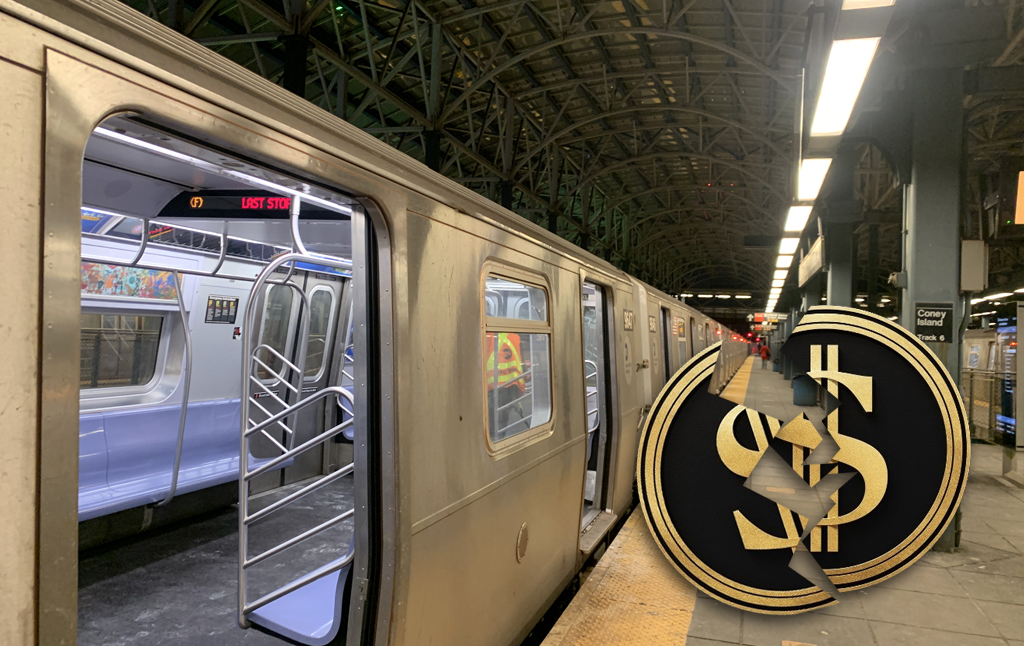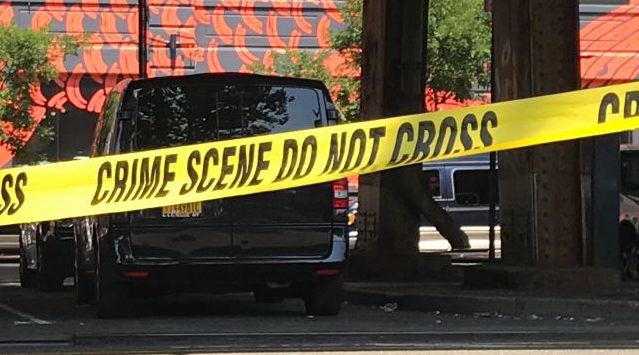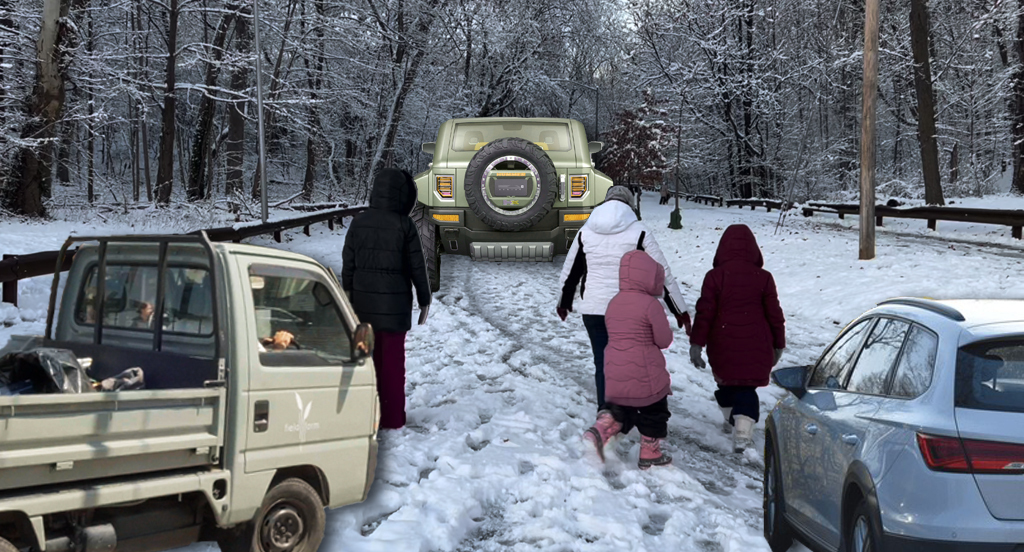Last Friday, U.S. Secretary of Transportation Sean Duffy rode the B train two stops (for what must have been the first time, given his inability to use a MetroCard). He then threatened to sic DOGE on the MTA, despite the fact that the MTA is a New York State, not a federal, agency.
From historic overtime bills to cost overruns on megaprojects (looking at you, East Side Access), it’s no secret that the MTA had a well-earned reputation for burning through budgets and hiding the smoke. Slowly but surely, that's changing through better planning and project execution, along with a vastly improved open data platform that advocates had been demanding for years.
Take a look at service: The MTA is running more service now than before the pandemic – and they’re doing it for less. At $3 per rider, the subway has become the most efficient system in the county: half the cost of the Chicago Transit Authority, less than a third the cost of PATH, and one-fifth the cost of Bay Area Rapid Transit.
And adjusted for inflation, the MTA’s operating budget is 3 percent smaller today than it was pre-pandemic. Beginning in 2023, Gov. Hochul and the Legislature ordered the MTA to find $400 million in annual operating savings – and the MTA beat that target to the tune of $27 million. In 2025, they expect to save $500 million without a single layoff or service cut— that’s efficiency in action. On the construction side, $3 billion has been saved under Gov. Hochul’s leadership. Compare that to DOGE: Elon Musk claims to have cut as much as $65 billion, but reporting has shown that the actual “savings" are closer to $2.3 billion, with countless jobs lost and long-term ramifications still TBD.
While DOGE has wielded a hacksaw, the new MTA has used a scalpel – identifying $3 billion in capital construction savings without throwing riders under the proverbial bus.
What does that look like? More thoughtful project planning has saved $200 million alone on elevator installations while increasing the pace of ADA upgrades by a factor of four. Recent signal upgrades on the G train, which make service more frequent and reliable, were completed on time and 50 percent cheaper than past projects. Upgrades to project delivery for the Park Avenue Viaduct, which carries 98 percent of Metro-North trains, shaved $93 million and four years off original projections – while delaying a total of just two trains.
Is there more work to be done to make construction projects even efficient and effective? Absolutely. A lot of the heavy lifting has to be done in Albany, where outdated work rules, contracting and procurement procedures, and other budget-busting traditions are baked into the system. But has the MTA made significant progress worth celebrating? 100 percent, yes.
As we look forward, it’s crucial that Albany allow the New MTA to continue this success by investing in the MTA’s Five-Year 2025-29 Capital Plan, which the Partnership for New York City found is expected to generate $106 billion in economic output and create 72,000 jobs.
This plan, 3 percent cheaper than the previous one in real dollars, invests in the behind-the-scenes state-of-good-repair work to keep subways, buses and commuter railroads running safely and reliably. This work may not be as headline grabbing as high-profile projects, but it’s critical to preventing another Summer of Hell like we saw in 2017.
What we’re seeing from Washington — including Duffy’s persistent threats to defund our transit system — is the antithesis of how we want to do things in New York. It’s easy to destroy things with a sledgehammer. But building bigger and better, while simultaneously keeping trains and riders moving? That takes immense amounts of planning and excellent execution. It’s why the MTA’s 2025-29 Capital Plan deserves funding now.
At PCAC, we’ve put together more than two dozen ways to fund this plan, totaling $62.56 billion in recurring revenue that can be bonded for over a trillion dollars, or more than 28 times the plan’s funding need. Take your pick, Albany; riders are counting on you.






